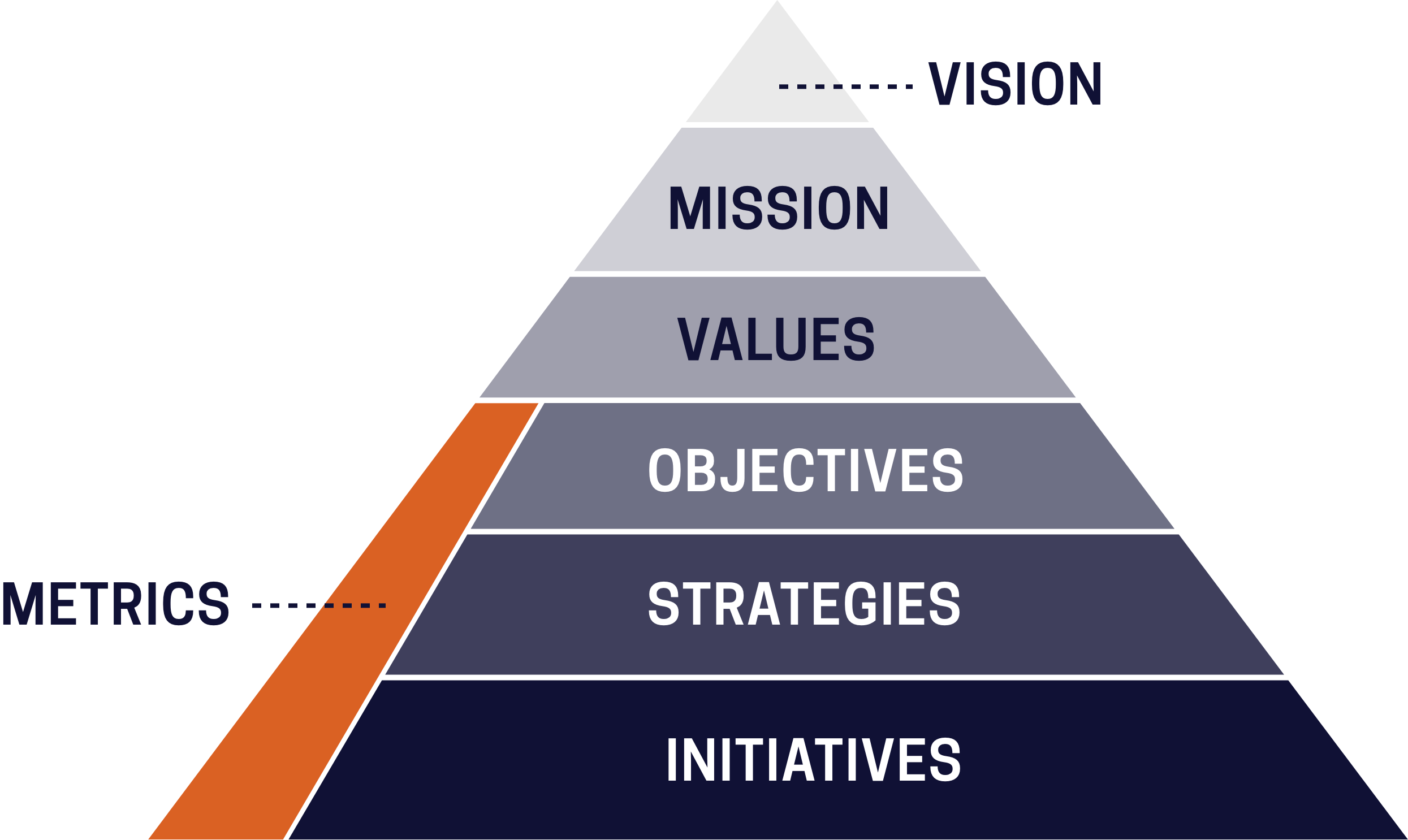Your strategy may not be perfect, and the future is foggy at best, but if you take proactive steps now to avoid these common pitfalls, you and your team will be in the right position to weather the storm and come out on top.
Even in good times, 61% of organizations struggle to implement strategies. But these are NOT good times. The bull market that has held for the better part of a decade is quickly dissolving, and the dark clouds of recession are on the horizon. The next great economic sifting is beginning, and only organizations with a clear, actionable strategy will endure.
A popular Harvard Business Review article concluded that the epidemic of failed strategies is a result of underprepared executives who don’t understand their competitive environment. Undoubtedly, there is truth to this conclusion, but it’s an incomplete picture. There are multiple reasons why your strategy is going to fail, and time is running out for you to proactively shore up your plan. Here are 3 of the most common reasons your strategy will fail and how to avoid them:
01. You have not made it actionable
A fast-food chain lost its market-leading leading position. The company’s board brings in a team of consultants to execute the firm’s strategy: “Acquire the largest market share in our industry.”
Take a second to consider the issue with the hypothetical… see the problem yet? The firm’s “strategy” is not actually a strategy at all, it’s a goal.
London Business School Professor Freek Vermeulen considers a strategy to be a “clear set of choices that define what the firm is going to do and what it’s not going to do.” A lofty statement on what the firm hopes to achieve or become in the future is not, in fact, a strategy, yet many organizations still fall victim to this common mistake.
In McChrystal Group’s work with hundreds of organizations, we have identified that only 53% of employees would agree their organization’s strategies are actionable; organizations not having an actionable roadmap to deliver strategies is an all-too-common occurrence.
DO THIS:
Get 1-on-1 time with three junior-level contributors. Take five minutes to describe the strategy and then ask them what they will and will not do to carry out the described strategy. If they can clearly and concisely answer, then the strategy is actionable. If they use vague language or cannot describe what they will not do, then your strategy needs to be re-crafted.
02. Your team is misaligned
There is a mythic story (possibly based in reality) that shortly after his “We choose to go to the Moon” speech, President John F. Kennedy toured the NASA headquarters and came across a janitor with a broom in his hands. President Kennedy asks the man what his job is at NASA to which the man replies, “Mr. President, I am helping put a man on the moon.”
Organizational alignment, centered around a common purpose, empowers us to accomplish beyond what we consider possible. Employees within an aligned organization can confidently bridge their personal values with their organization’s; alignment clearly articulates both the why and the how to achieve goals.
In contrast, organizations that are misaligned exacerbate the current epidemic of a disconnected workforce. According to Gallup, as much as 85% of surveyed employees are not engaged or are actively disengaged at work.
Strategy execution is driven by those closest to the operation, but a disengaged workforce consequently inhibits organizations from successful strategy implementation. McChrystal Group research shows that less than half of employees are engaged with their work. For more on employee engagement, visit our resources page.
DO THIS:
Strategy should never be developed by consensus — it should be developed with collective input. Make strategy development an iterative process. Include your team in early conversations, then take their input and craft the strategy. Present them drafts so that they can course-correct or clarify. Ask them to pressure test the strategy and find weak points that can be shored up to ensure success. Including them at multiple points throughout the process will create ownership over the successful execution of the plan that they co-created.
McChrystal Group has developed a two-step strategy alignment team exercise that can be downloaded here. The beauty of this activity is in its simplicity: it forces you to succinctly capture your key initiatives and demonstrate, on one page, how they connect to the bigger picture.
Strategy Alignment Triangle
03. Your initiatives are not prioritized
We are all juggling too many competing priorities.
Leaders must ruthlessly prioritize, however, it’s incredibly challenging to do in practice. McChrystal Group data indicates only about half of employees agree that leadership communicates priorities when their team is executing multiple projects.
Your team may be able to sprint and swiftly juggle several competing priorities in the short term. But a lack of leadership prioritization over the long haul will catch up with teams and lead to persistent bottlenecks for the organization. Our data also shows that leadership teams who are above average at articulating their organizational priorities are 45% less likely to be bottlenecks than those who struggle with prioritization.
DO THIS:
List out your team’s strategic initiatives and, in one sentence, capture how they contribute to the strategy. Rearrange them in order of importance and redistribute resources to the initiatives at the top. If the team is working on a project or task outside the list, immediately stop them. We also recommend downloading the McChrystal Group Great Prioritization Playbook to help troubleshoot some of the most common challenges when prioritizing initiatives.
For more resources on fail proofing your strategies during difficult times, visit our Great Prioritization Resources page.
Visit Part 2 in our series to read about additional steps you can take to ensure your teams are approaching strategy development effectively and ways leaders can fail-proof those strategies.





